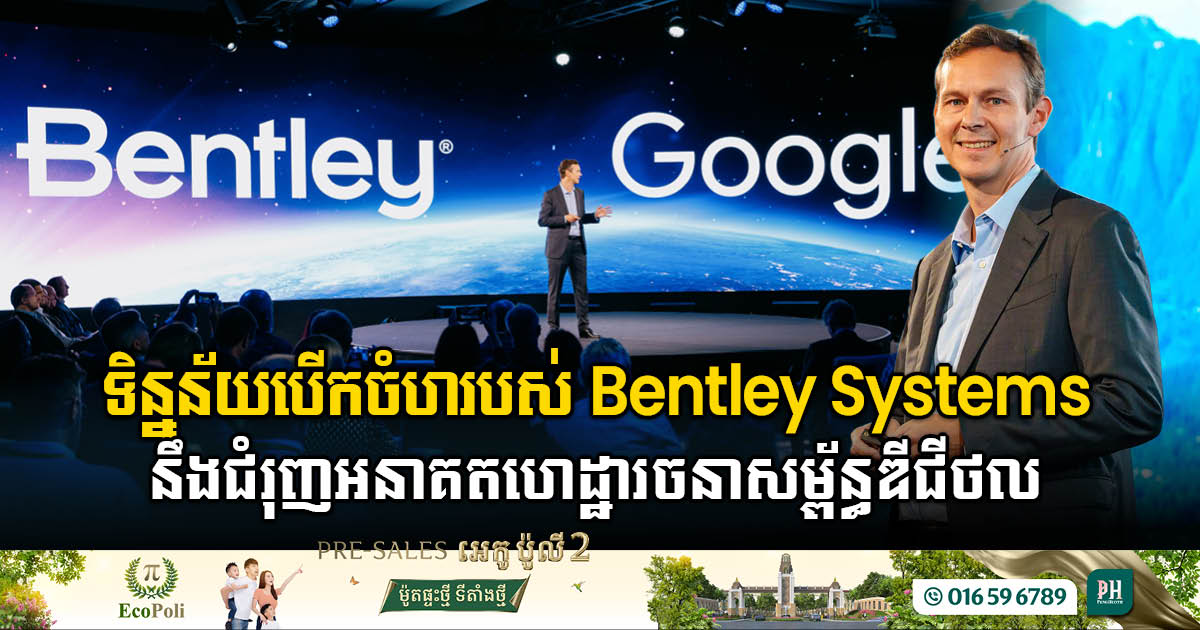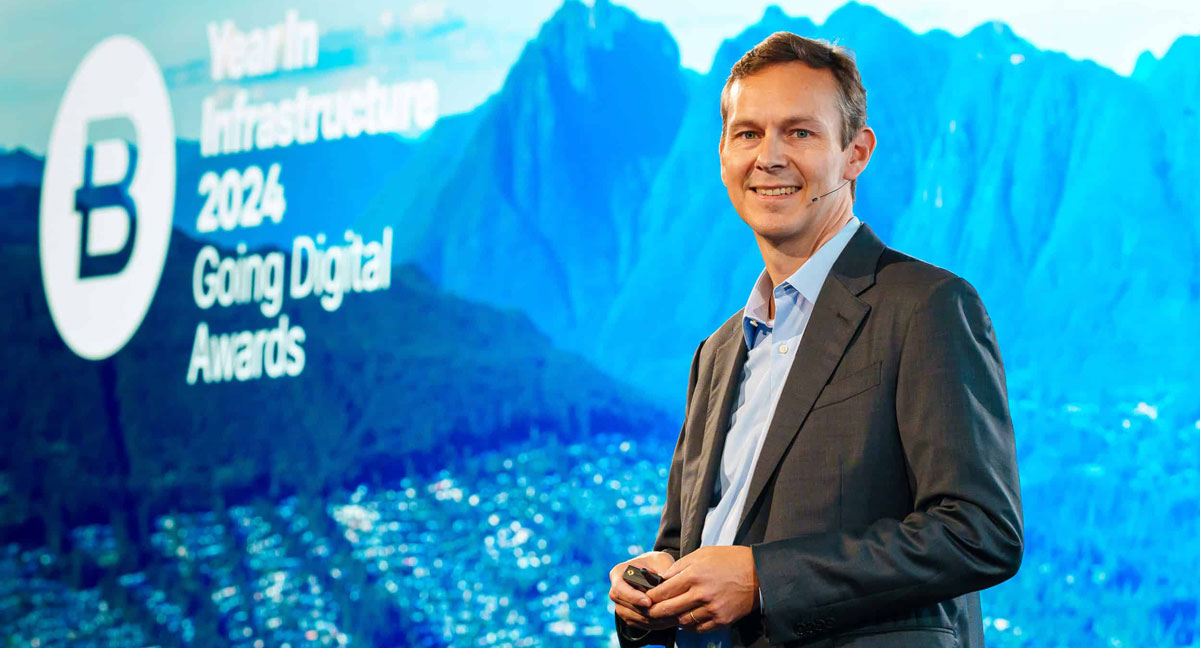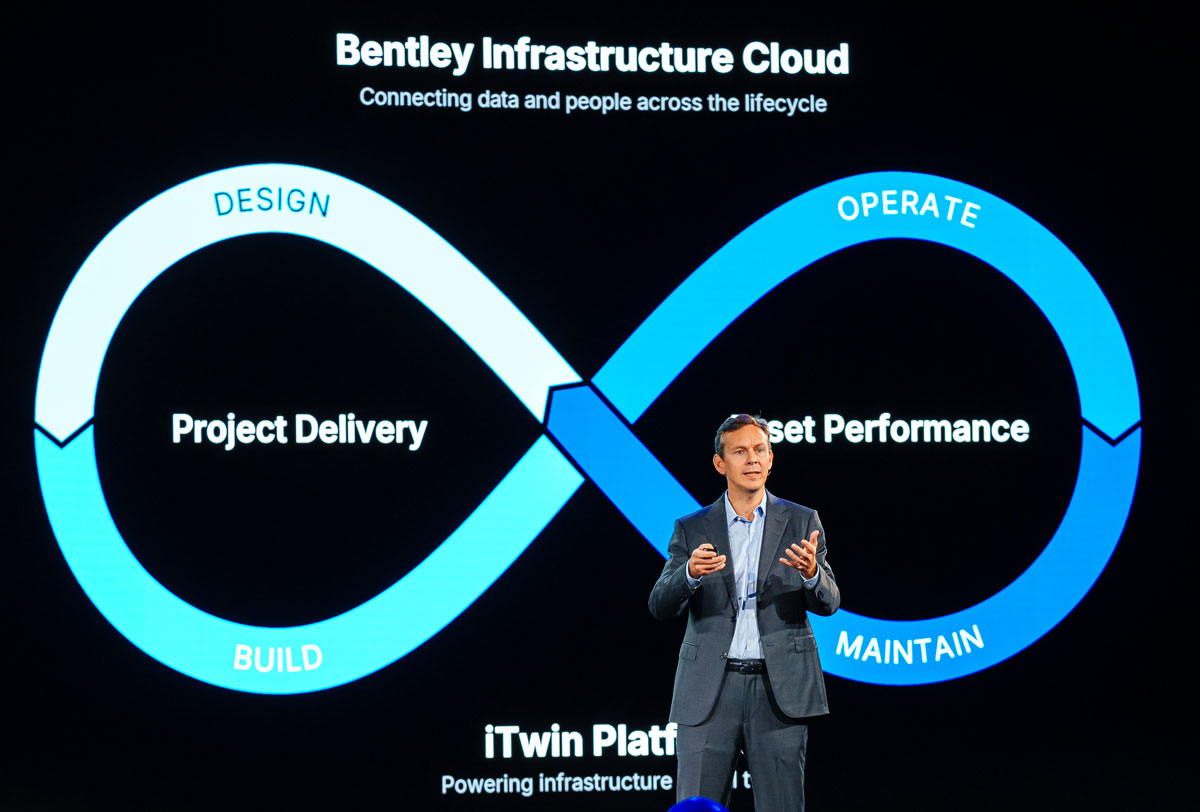Kandal Province to Benefit from New Weather Radar System
The Ministry of Water Resources and Meteorology is set to enhance weather forecasting capabilities in Kandal province with the installation of a new radar system in the Phnom Prasit area of Ponhea Leu district. This initiative, aimed at providing quicker and more accurate weather forecasts, was announced during a project inspection led by HE […]
Experience the Future of Comfort with GGear and LG Electronics’ New Air Conditioner
In an exciting development for the Cambodian market, GGear Group has partnered with LG Electronics to unveil the revolutionary LG AI Air air conditioner, a perfect blend of modern technology, energy efficiency, and user-friendly design. This cutting-edge product was officially launched on May 8, 2025, at the prestigious Saint-Gréla Hotel in Phnom Penh, drawing […]
Taiwanese Tech Giant ADATA Expresses Interest in Investing in Cambodia’s Technology Sector
In a significant development for Cambodia’s tech landscape, ADATA Technology Co., Ltd., a leading Taiwanese technology company, has officially expressed its interest in investing in the country’s advanced technology sector. This announcement came during a meeting between Cambodian Prime Minister Hun Manet and ADATA Chairman CHEN Simon held on April 30, 2025. During their discussion, […]
Chinese Investment in Cambodia’s New Energy Vehicle and Agro-Industrial Sectors
Infinite Capital Holding Company (ICAP), a prominent technology and agro-industrial firm based in Guangzhou, has announced its plans to invest in Cambodia’s burgeoning new energy vehicle and agro-industrial sectors, specifically targeting cashew nut production. The announcement came during a meeting between HE Chea Wutty, Secretary General of the Council for the Development of Cambodia, and […]
US tariffs: Impact on data centre construction
The US tariffs will negatively impact data centre construction and, as a result, drive up the cost of AI processing. Building data centres requires materials and supplies, construction equipment, electrical components, and cooling systems, even before IT and network infrastructure are deployed. As all construction costs increase, so will the cost of data centre builds, […]
Cambodia Implements New Regulations for Electrical & Electronic Waste Management
To enhance environmental safety, the Ministry of Environment in Cambodia has established new guidelines for managing electrical and electronic waste (e-waste). This initiative, outlined in Prakas No. 2196/0325 dated 18 March 2025, aims to ensure that manufacturers, importers, and exclusive suppliers of electrical and electronic equipment adhere to environmentally responsible practices for waste management. Under […]



 ខ្មែរ
ខ្មែរ










